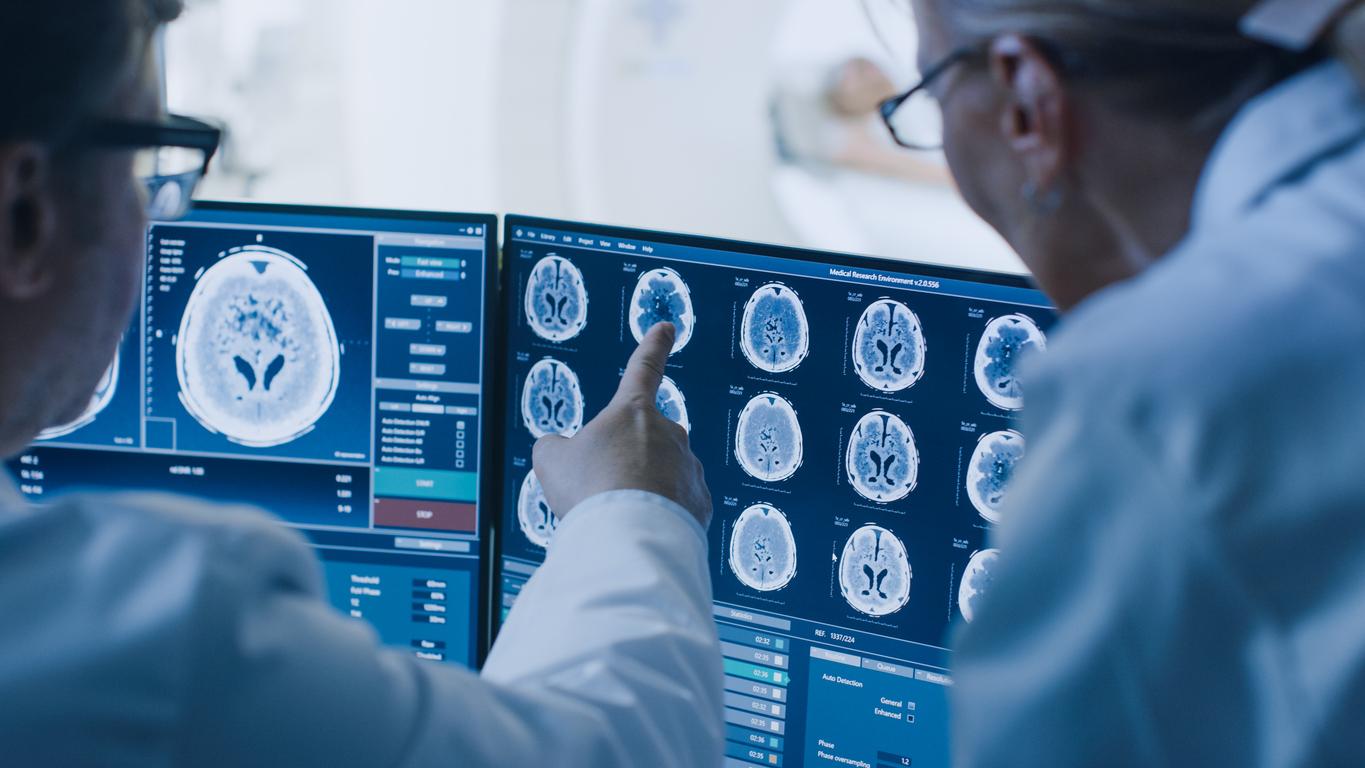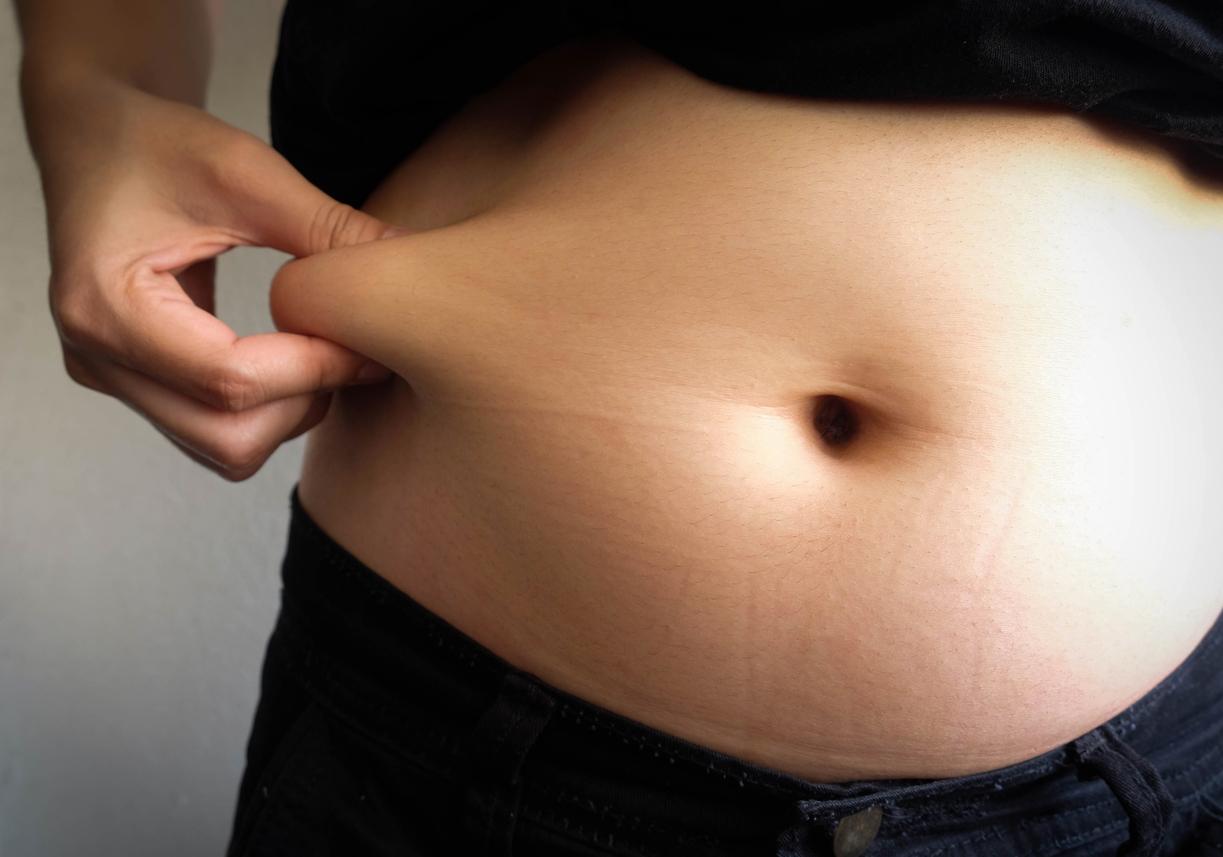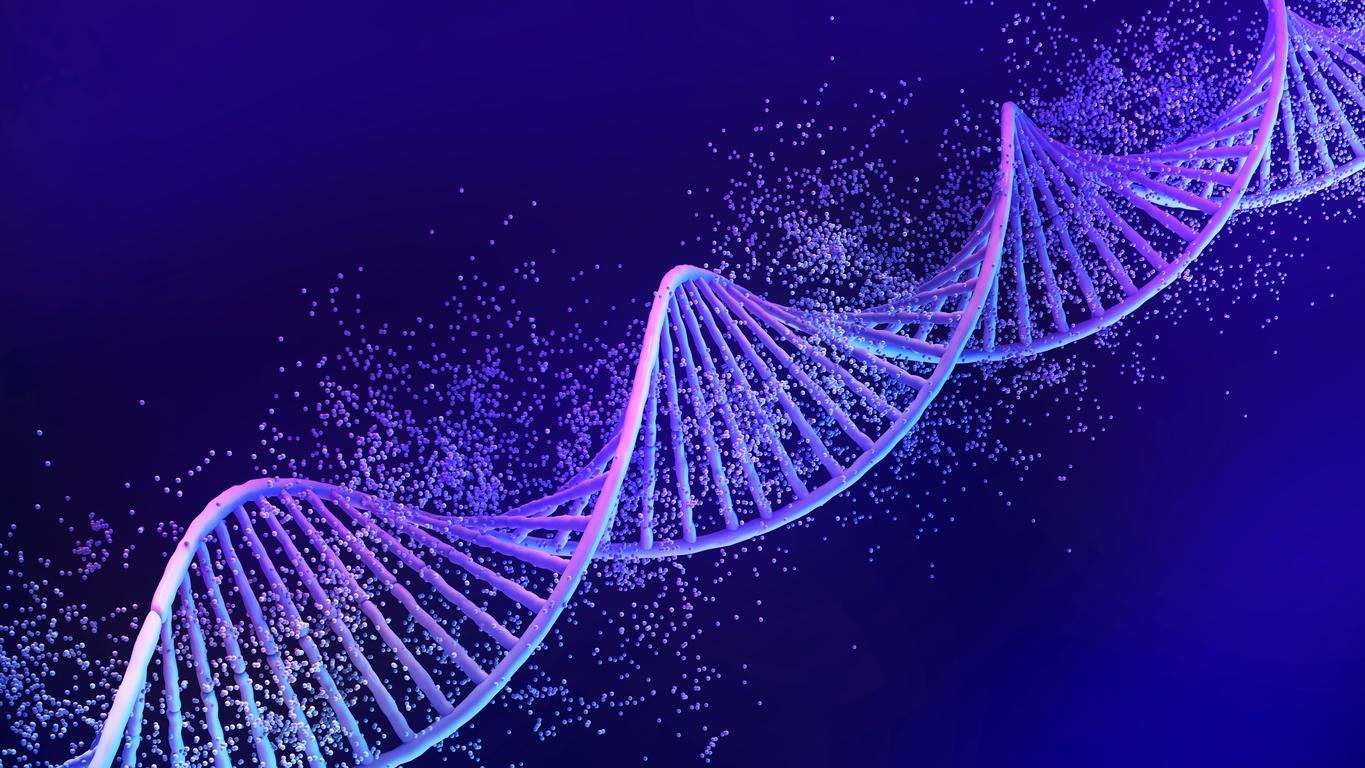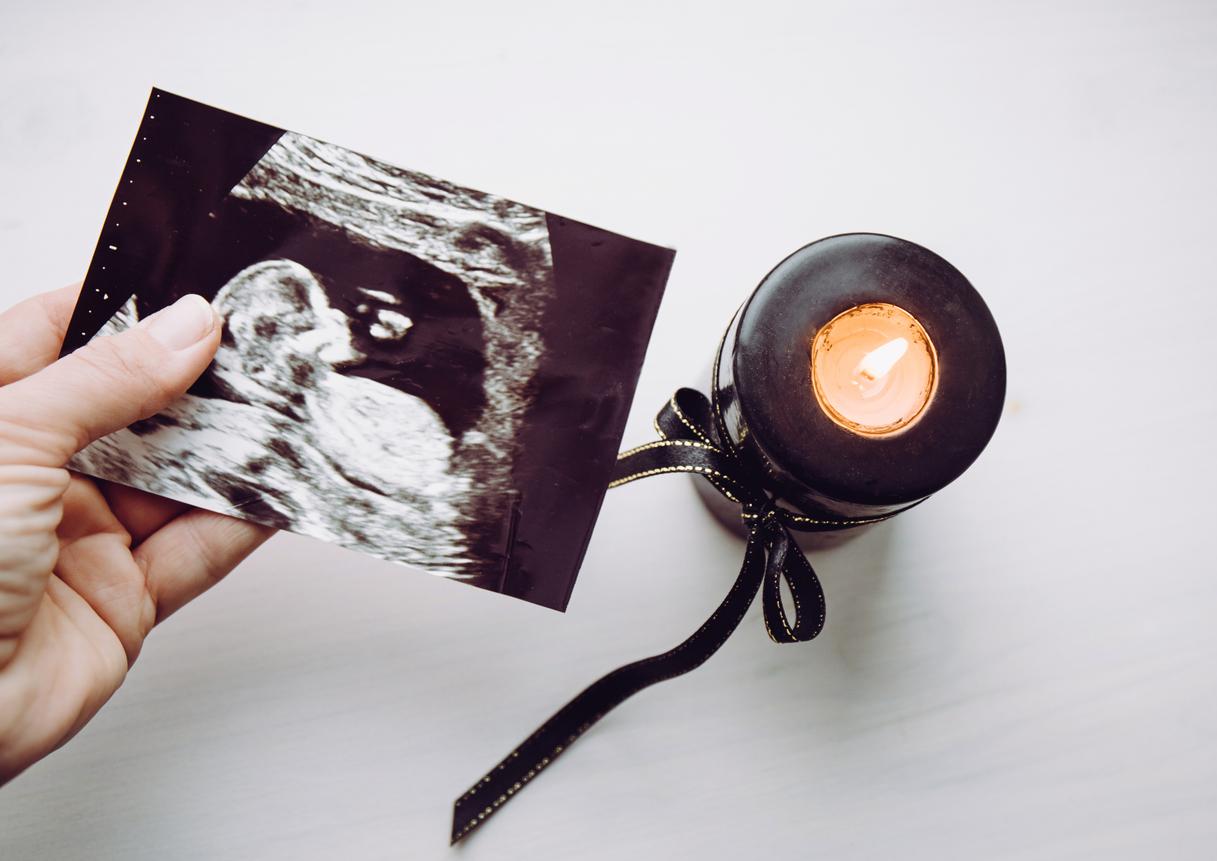The mainly genetic origin of rare diseases appears through particularities of facial features. By using facial recognition techniques, an AI can diagnose them at an early stage.

- The genetic mutations that cause rare diseases correspond to particular features of the face
- By using the technique of facial recognition, it is possible to accelerate the diagnosis of these diseases
The uses of facial recognition techniques should in the future multiply, until they probably serve as the tools by which everyone will be able to state their identity… with all the imaginable excesses like the social note set up in China. . But researchers from the University of Bonn in Germany have chosen to use these technologies for a good cause: to avoid diagnostic errors in rare diseases.
The face as a starting point for diagnosis
Their work is based on the fact that the majority of rare diseases have their origin in hereditary genetic mutations and that these changes are also expressed by characteristic facial features. Thus the shape of the eyebrows, of the base of the nose, of the cheeks is particular when one is in the presence of certain genetic mutations. Hence the idea of using an artificial intelligence capable of recognizing these facial characteristics and analyzing the similarities and links with the genetic data of patients and their clinical symptoms. “The face provides us with a starting point for diagnosis from which it is possible to calculate what the disease is with a high degree of precision”points out Tzung-Chien Hsieh, member of the Institute for Genomic Statistics and Bioinformatics at the University Hospital of Bonn.
Recognize unknown diseases
Unlike those used so far, this system called GestaltMatcher requires fewer patients for feature matching. “This is a great advantage for rare diseases where only a few patients are reported worldwide”note the scientists who have integrated into their AI the taking into account of similarities of facial characteristics with patients who have not yet been diagnosed, which can make it possible to recognize previously unknown diseases.
To develop its device, the team led by Prof. Peter Krawitz used 17,560 patient photos that were cross-referenced with the characteristics linked to 1,115 rare diseases. “We can now diagnose disease with relative confidence, even with just two patients as a baseline”, announces Professor Krawitz. This AI could even be quickly used in medical offices and work from patient portraits made with a simple smartphone.
.















